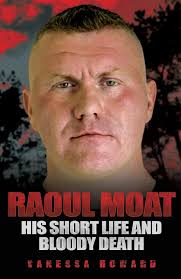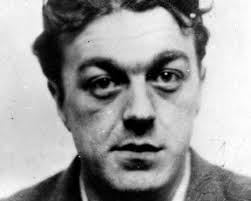The Chilling Tale of Raoul Moat: A Manhunt in the UK

Introduction
Raoul Moat, an Englishman whose criminal actions led to a nationwide manhunt in 2010, remains a significant figure in discussions regarding crime and law enforcement in the UK. His story raises questions about mental health, social issues, and the challenges faced by both the police and communities in managing violent crime. Understanding the events surrounding his life and actions provides important context for contemporary discussions about crime, policing, and their societal implications.
The Events Leading Up to the Manhunt
Raoul Moat’s troubles began when he was released from prison in 2010, having served a sentence for an assault conviction. Shortly after his release, he learned that his ex-girlfriend was in a new relationship, which reportedly triggered a violent outburst. On July 3, 2010, Moat shot his ex-girlfriend’s new partner, Christopher Brown, leaving him critically injured, before turning the gun on himself, and later targeting the police.
The police were alerted after Moat claimed responsibility for the shooting, and he stated that he intended to kill police officers. This declaration prompted a massive manhunt across the North East of England, as police worked diligently to locate him. The hunt captured national attention, leading to widespread media coverage and public fascination.
The Manhunt: A Nation on Edge
The police operation quickly escalated, involving thousands of officers and extensive resources. Moat was considered armed and dangerous, which led to heightened tension across the region. For several days, communities were gripped by fear as updates poured in about the ongoing situation. Schools were closed, and public gatherings were discouraged as authorities worked to capture him without further violence.
After a week of searching, Moat was found near Rothbury in Northumberland. On July 10, 2010, a tense standoff took place, culminating in Moat taking his own life in the face of police negotiation efforts. This tragic event highlighted the intense fragility of mental health and the need for better support systems for individuals in distress.
Conclusion
The case of Raoul Moat serves as a disturbing reminder of the impact of unresolved anger, desperation, and mental health issues. The widespread media coverage and public response to the manhunt exposed societal issues surrounding crime, mental health, and the effectiveness of law enforcement. Moat’s actions and the events that followed have continued to spark conversations about how to better handle such crises in the future. As authorities reflect on the lessons learned from this manhunt, it becomes clear that collaboration between mental health services and law enforcement may be crucial in preventing similar tragedies in the future. The legacy of Raoul Moat serves not only as a cautionary tale but also as a call for proactive measures in tackling the complexities of violent behaviour.









